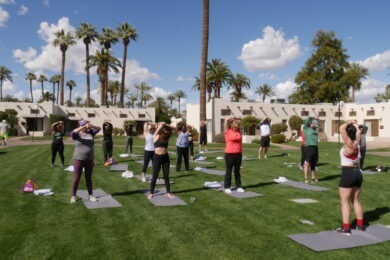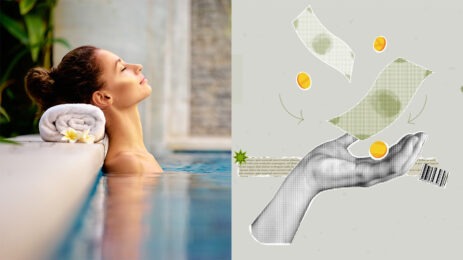Legions of meeting professionals today are get-it-done machines with nary a moment to wind down or hide from intrusions. It is becoming harder to be alone with our own thoughts, partly because we are pushing ourselves to be frantic all the time.
Dr. Timothy Wilson, a social psychologist at the University of Virginia conducted an experiment to explore the consequences of this new reality that gave participants two options. For 15 un-interrupted minutes they could do nothing. Or, they could give themselves a small, electric shock. Roughly 67 percent of the men and 25 percent of the women in the experiment chose to give themselves shocks, even though earlier, many had proclaimed that they would pay money not to endure such a shock.
Shock it to Me
Why did they opt for the shock? They became increasingly anxious for anything to do over the course of the 15 minutes. Aha, you say! These were probably millennials for whom a 15-minute stretch of doing nothing is virtually impossible. As it turns out, the participants consisted of adults recruited from a farmer’s market and a church.
Why is it becoming so hard to take a few moments throughout the day to simply do nothing? Have we become so driven that we cannot even spare a few minutes for ourselves? Do we no longer recognize the peace of mind that we can experience when we’re not fully occupied every minute of the day?
Three Ways to Wean Yourself

If you are oversubscribed, over-informed and overwhelmed, here are some ideas that you can put into practice:
1. Start small. Rather than attempt a long stretch of doing nothing, see if you can sit still for 60 seconds. Stretch it to 120 seconds if you’re feeling brave. It’s best to attempt this after you finish a task and feel good about your accomplishment. Marinate in your positive feelings. Before you go to lunch or take a break, give yourself the opportunity to pause and, well, simply do nothing.
If you have a 15 minute break, where is it written that you can’t spend the first 60 seconds at your desk doing nothing, take a 13 minute active break, then spend the last 60 seconds at your desk, once again doing nothing?
2. Stretch it out. As you build confidence in your ability to take some time out with no thoughts or activities in mind, strive for three to five minutes. If you arrive at work early, you could spend such time in your car with the radio off, not checking your cell phone, and not doing anything, other than simply sitting there. In your office, perhaps you can spend three minutes undetected in a conference room, corporate library, cafeteria, rooftop terrace or somewhere else.
3. At home, where you have more flexibility, could you attempt a short weekend time out session? Think of all the times you’ve been online, or flicking through the TV channels, and how aimless that can be. Doing nothing can actually be more productive than doing something meaningless.
As time passes, taking time here and there where you don’t have to do anything can become reinforcing. Give yourself permission to take a deep breath, reflect, clear your mind, visualize and just be.
Even if none of these things happen, you still get a chance to slow down. That is worthwhile in itself.
Jeff Davidson is “The Work-Life Balance Expert®” and the premier thought leader on work-life balance issues. He works with organizations that want to enhance their productivity by improving the work-life balance of their people. Jeff is the author of 65 books, including Breathing Space, Dial it Down, Live it Up, Simpler Living, 60 Second Innovator and 60 Second Organizer.



